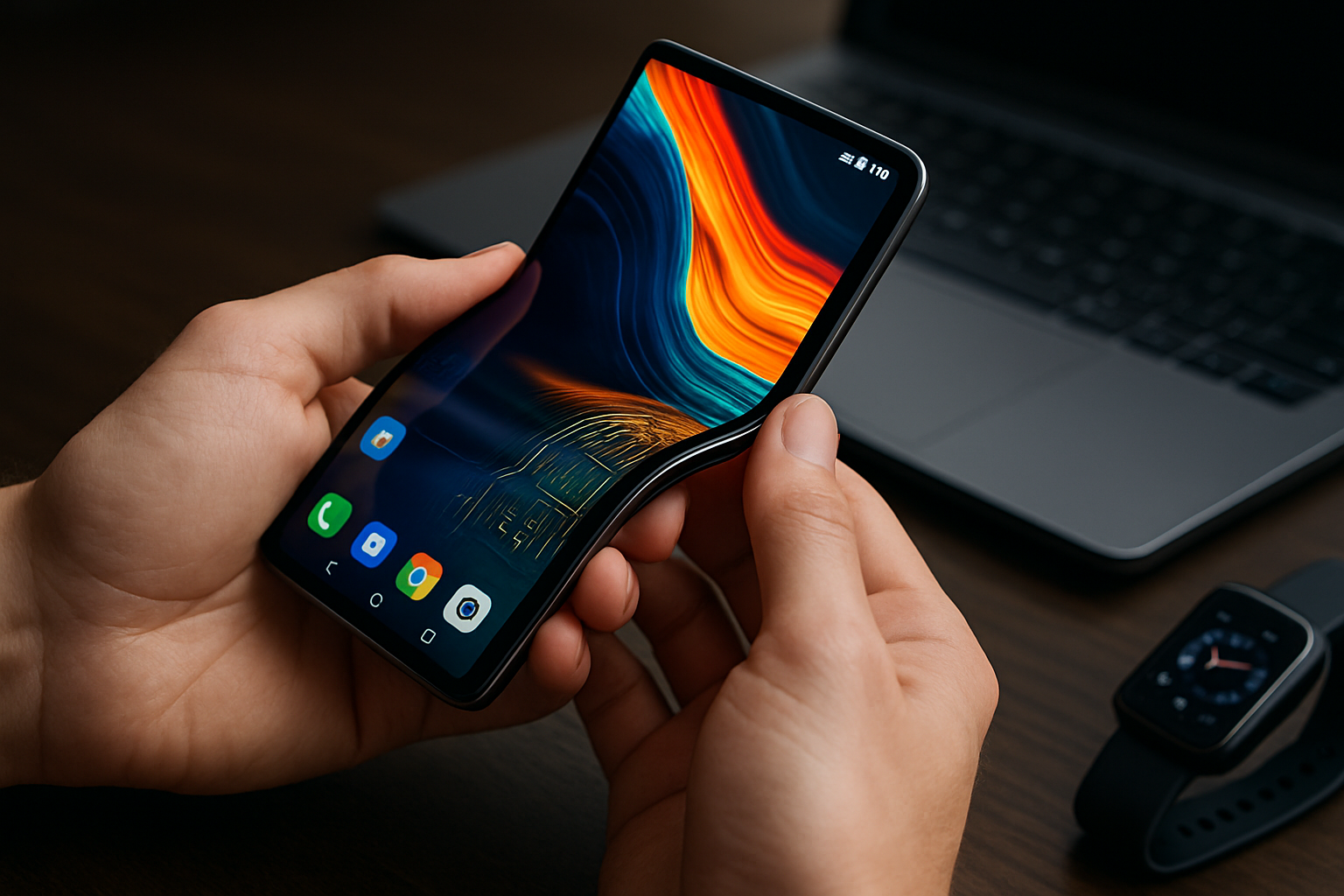Unfolding the Mystique of Bendable Technology: The Future of Gadgets is Flexible
Picture this: You're reading an e-book on a tablet, then you fold it like a real book and put it in your pocket. Sounds like science fiction? Thanks to the advancement in bendable technology, this future is closer than you might think. The tech industry is on the cusp of a new era where flexible, foldable, and even rollable devices are set to redefine our interactions with electronics.

Bendable Tech: A Brief History
Bendable technology has its roots in the development of flexible electronics, which began in the mid-20th century with the creation of flexible circuits. These were used in spaceships and military technology due to their lightweight and durable nature. However, it wasn’t until the early 2000s when the concept of bendable tech began to take shape. With the invention of Organic Light Emitting Diode (OLED) screens, the dream of creating flexible devices became a realistic goal.
The Current Landscape of Bendable Tech
Fast forward to the present day, and the tech industry is buzzing with talk of bendable technology. From Samsung’s Galaxy Fold and Flip series to Huawei’s Mate X, major tech companies are racing to release their versions of foldable smartphones. Even LG, a company known for its TVs and appliances, has thrown its hat into the ring with the announcement of a rollable TV.
No longer just a cool concept, foldable devices have evolved into a practical solution to a modern problem: how to make devices smaller and more portable without sacrificing screen size. With a foldable phone, you can enjoy the benefits of a large display when you need it and then simply fold it away when you don’t.
Market Impact and Estimated Price Range
While still a niche market, foldable tech is slowly gaining momentum. According to a report by Statista, the global shipments of foldable smartphones were estimated to reach 3.2 million units in 2020 and are projected to grow to about 50.1 million units by 2022.
However, this new technology doesn’t come cheap. The Samsung Galaxy Z Fold 2, for instance, retails at around $2,000. As production becomes more standardized and competition increases, prices are expected to become more affordable over time.
The Future of Bendable Tech: Beyond Smartphones
While smartphones are undoubtedly leading the charge, the potential applications of bendable technology extend far beyond phones. Tech companies are exploring the use of flexible screens in other consumer electronics like wearables, laptops, and even smart home appliances.
Imagine a smartwatch with a screen that wraps around your wrist, or a laptop with a display that can be folded away like a newspaper. These are just some of the possibilities that could become reality in the not-so-distant future.
Wrapping Up
The tech world is always evolving, and bendable technology is the latest trend shaping the future of electronics. While still in its early stages, there’s no denying the potential and excitement surrounding this innovative technology. As with any new tech, there are challenges to overcome, but the possibilities are endless. Bendable tech could truly be the next big thing, redefining how we interact with our devices and shaping the future of the tech industry. The future of gadgets is flexible, and that’s an exciting prospect.






